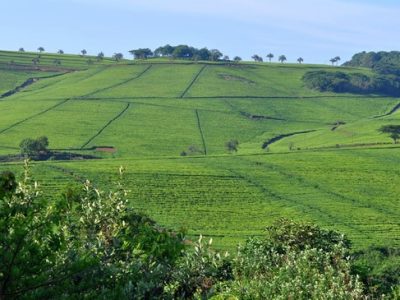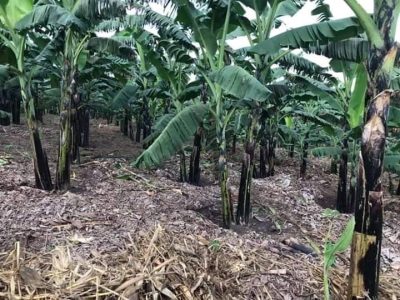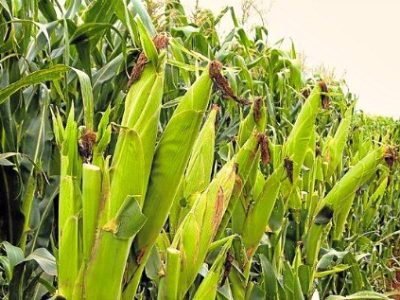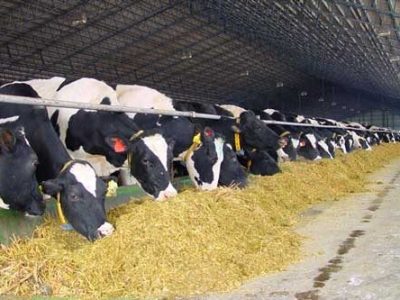This is a best prospect industry sector for Ugandan investors.
Overview
Investors consider Uganda’s agricultural potential to be among the best in Africa, with low temperature variability, fertile soils, and two rainy seasons over much of the country – leading to multiple crop harvests per year. According to the UN’s Food and Agriculture Organization, Uganda’s fertile agricultural land has the potential to feed 200 million people. Eighty percent of Uganda’s land is arable but only 35% is being cultivated. In FY 2021/22, agriculture accounted for about 24.1% of GDP, and 33% of export earnings. The UBOS estimates that about 70% of Uganda’s working population is employed in agriculture. Uganda produces a wide range of agricultural products including: coffee, tea, Miaze, Banana, sugar, livestock, fish, edible oils, cotton, tobacco, plantains, corn, beans, cassava, sweet potatoes, millet, sorghum, and groundnuts. Commercialization of the sector is impeded by farmers’ limited use of fertilizer and quality seeds, and a lack of irrigation infrastructure – rendering production vulnerable to climatic extremes and pest infestations. Sector growth is also impaired by the lack of quality packaging capabilities, insufficient storage facilities, poor post-harvest handling practices, shortage of agricultural credit, high freight costs, the lack of all-weather feeder roads in rural areas, a complicated, and limited knowledge of modern production practices. Ugandan producers often find it difficult to meet sanitary and phytosanitary standards required to export goods to Europe and the United States.
Opportunities
There are significant investment opportunities in Uganda’s agriculture sector, including in production, input supply, value addition processing, standards compliance and export, and post-harvest handling. In the coffee sector, there is space to increase coffee production and the amount of coffee exported to the United States. Uganda is Africa’s leading coffee exporter and second largest producer but sends just 5.7% of its exports to the United States. The Uganda Coffee Development Authority reported total exports of 6.75 million, 60-kilo bags valued at $719 million in 2021, up from 548 million 60-kilo bags valued at $520 million in 2020. The government has developed an ambitious, yet detailed, plan to increase its current production of 402,000 tons of coffee to 1.2 million tons annually by 2025.
In the tea sub-sector, Uganda produced at least 110,000 tons of tea in 2021. At least 5% of the total production is consumed in the domestic market. Most of Uganda’s tea is exported through the Export Auction System that takes place in Mombasa, Kenya. The value of tea exports is $85 million, mostly semi-processed. Tea farmers and exporters rarely export directly to the United States although there is interest to make direct sales.




Opportunities in Agriculture Value Addition
The Agricultural Sector continues to be the most important sector in Uganda; it employs approximately 72% of the population and contributed about 32% to the GDP. However, Productivity is limited by reliance on natural weather conditions and the still widespread use of traditional methods and equipment.
Uganda is among the leading producers of coffee, bananas and oil seed crops (sesame, soybean, sunflower etc.). It is also a major producer of other crops like tea, cotton, organic cotton, tobacco, cereals, fresh foods and vegetables, nuts, essential oils, flowers, poultry and freshwater fish.
The Ugandan Government is pushing for greater commercialisation of agriculture by encouraging the use of irrigation and mechanised farming. Opportunities for investment exist in:
- Commercial farming in both crops and animal industries as well as aquaculture;
- Value addition (agro-industries, agro food industries);
- Manufacturing of inputs such as improved seeds, fertilisers and pesticides
- Cold storage facilities and logistics
- Farm machinery manufacturing and assembly
- Packaging
- Irrigation schemes.


